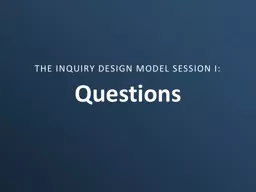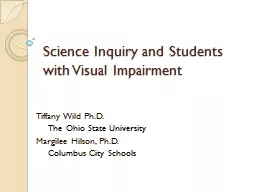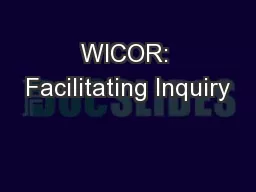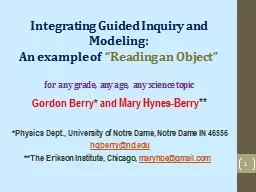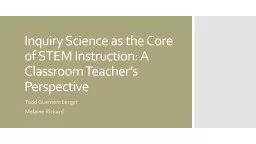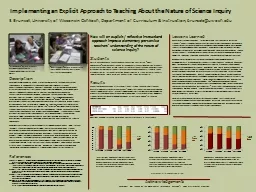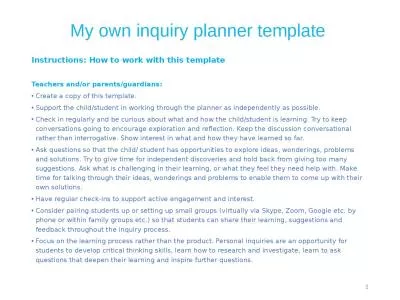PPT-Questions THE INQUIRY DESIGN MODEL
Author : min-jolicoeur | Published Date : 2019-11-24
Questions THE INQUIRY DESIGN MODEL SESSION I Why Questions By doubting we are led to question by questioning we arrive at the truth Peter Abelard It is better to
Presentation Embed Code
Download Presentation
Download Presentation The PPT/PDF document "Questions THE INQUIRY DESIGN MODEL" is the property of its rightful owner. Permission is granted to download and print the materials on this website for personal, non-commercial use only, and to display it on your personal computer provided you do not modify the materials and that you retain all copyright notices contained in the materials. By downloading content from our website, you accept the terms of this agreement.
Questions THE INQUIRY DESIGN MODEL: Transcript
Download Rules Of Document
"Questions THE INQUIRY DESIGN MODEL"The content belongs to its owner. You may download and print it for personal use, without modification, and keep all copyright notices. By downloading, you agree to these terms.
Related Documents

